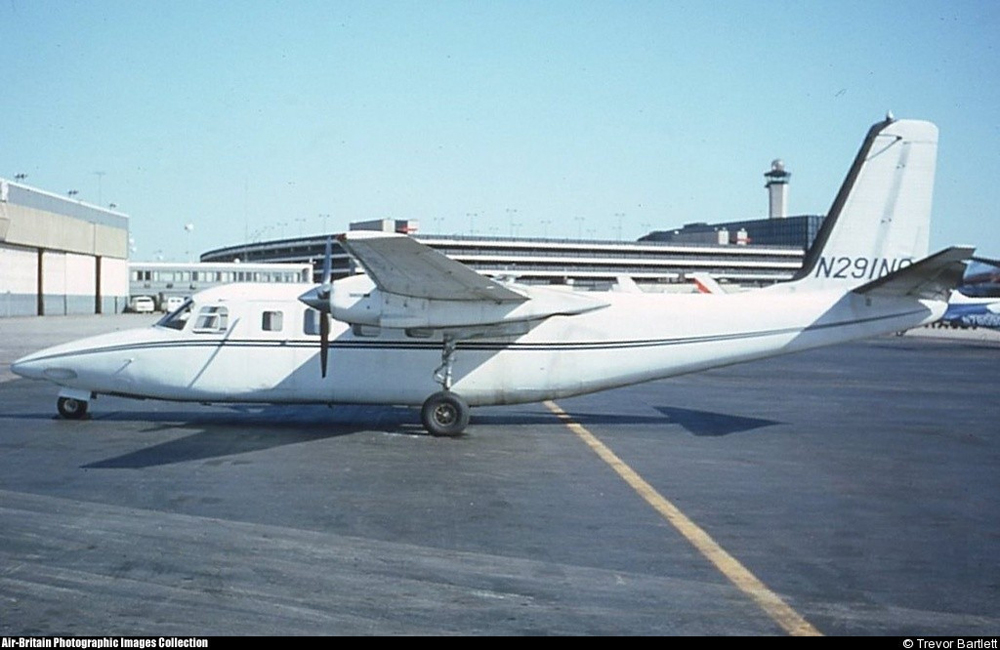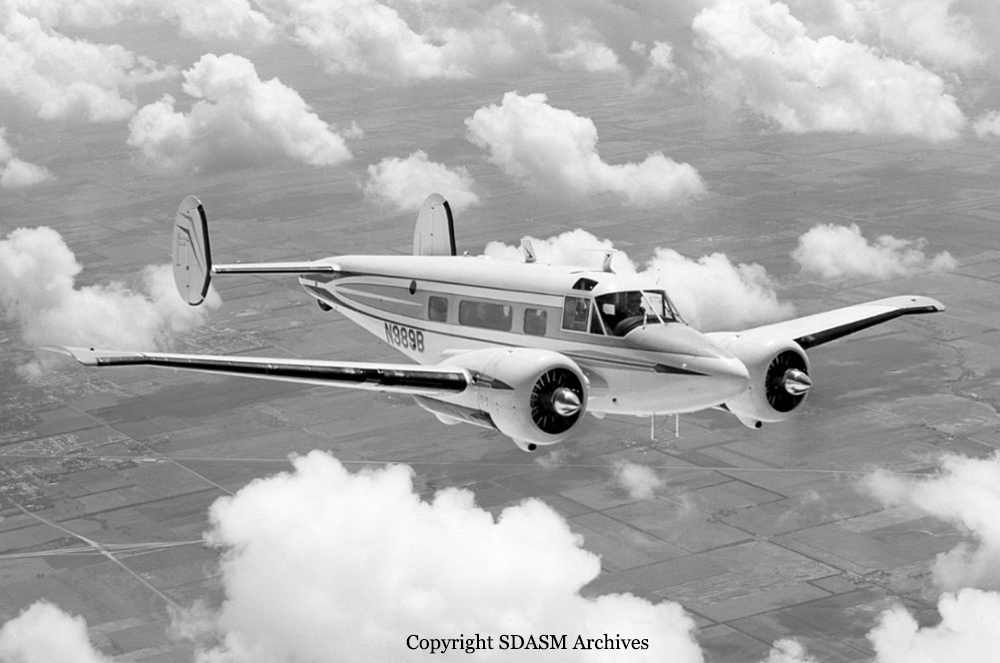Crash of a Rockwell Grand Commander 680FL in Soda Springs: 2 killed
Date & Time:
Apr 8, 1988 at 2125 LT
Registration:
N291NC
Survivors:
No
Schedule:
Billings - Salt Lake City
MSN:
680-1461-86
YOM:
1964
Crew on board:
2
Crew fatalities:
Pax on board:
0
Pax fatalities:
Other fatalities:
Total fatalities:
2
Captain / Total hours on type:
50.00
Aircraft flight hours:
11873
Circumstances:
While en route on a night IFR cargo flight, the pilot requested and was cleared for a descent from an IFR cruise altitude of 16,000 feet to proceed VFR-on-top. The last transmission from the aircraft was at 2106 when the pilot acknowledged that he was familiar with the terrain along the route. At 2121:51 mdt, radar contact was lost after the aircraft made an approximately 360° left turn and descended thru 13,800 feet. Shortly after that, the controller tried to call the pilot to inform him that radar contact was lost, but was unable to make radio contact. Later, wreckage of the aircraft was found where it had crashed about 2 miles southwest of were radar contact was lost. The wreckage was scattered over an area of more than one mile. An investigation revealed the left wing and right horizontal stabilizer had separated upward from overload. No pre-accident fatigue or part failure/malfunction was found. Weather reports and pireps indicated moderate turbulences and towering cumulus clouds in the area. Approximately 60 miles west at Pocatello, ID, snow showers were reported; 2 to 3 inches of snow fell on the wreckage overnight. Both pilots were killed.
Probable cause:
Occurrence #1: airframe/component/system failure/malfunction
Phase of operation: descent
Findings
1. (f) light condition - dark night
2. (f) weather condition - snow
3. (f) weather condition - thunderstorm
4. (f) weather condition - turbulence
5. (c) design stress limits of aircraft - exceeded - pilot in command
6. Wing - overload
7. Wing - separation
8. Horizontal stabilizer surface - overload
9. Horizontal stabilizer surface - separation
----------
Occurrence #2: in flight collision with terrain/water
Phase of operation: descent - uncontrolled
Phase of operation: descent
Findings
1. (f) light condition - dark night
2. (f) weather condition - snow
3. (f) weather condition - thunderstorm
4. (f) weather condition - turbulence
5. (c) design stress limits of aircraft - exceeded - pilot in command
6. Wing - overload
7. Wing - separation
8. Horizontal stabilizer surface - overload
9. Horizontal stabilizer surface - separation
----------
Occurrence #2: in flight collision with terrain/water
Phase of operation: descent - uncontrolled
Final Report:





